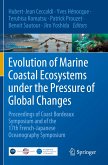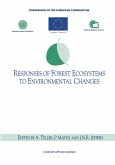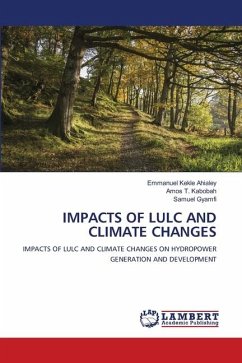A strategy for predictive empirical-statistical modeling of forest ecosystems as the main stage of their geosystemic monitoring is worked out. It is presented the development of bases of spatial functional monitoring of forests based on empirically established local and regional landscape-ecological connections, which are considered as the mechanisms of responses of forest ecosystems to climatic trends. Empirical-simulation predictive models describe the future scenarios of biogeocoenological systems according to the laws of their basic spatial organization, in accordance with the properties of ergodicity of the natural environment. The boreal bioclimatic ecotone of the Volga River basin is used as an example for carry out the experience of analytical and cartographic prognostic scenario modeling of the nearest and distant future for given ecoregion and their paleogeographical analogs. The mechanisms of local and regional response of forest ecosystems to the anticipated global warming in the 21-22st centuries have been assessed. Prognostic landscape-ecological scenarios of climate-genic changes in the biological cycle and carbon balance in forest ecosystems are presented.
Bitte wählen Sie Ihr Anliegen aus.
Rechnungen
Retourenschein anfordern
Bestellstatus
Storno








